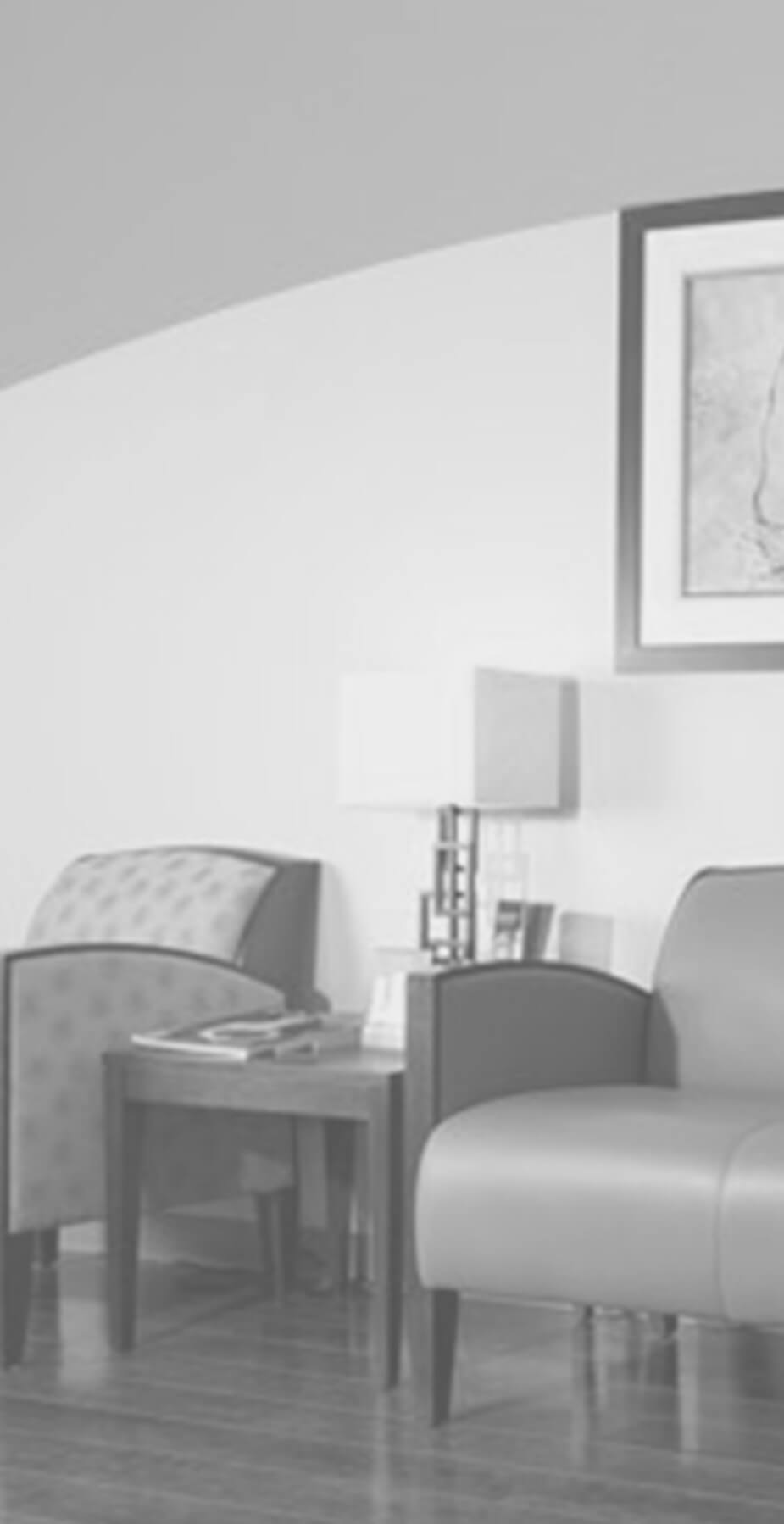

Breast Reconstruction
Home Breast Reconstruction
Breast Reconstruction in Orange County, CA
Breast cancer is the most common form of cancer among women in the United States. Each year, roughly one in seven American mothers, daughters, sisters, and wives falls victim to the disease. Those who have beaten breast cancer know it is never without a struggle. Women who have had a mastectomy often feel as though they are still a victim of the disease, left scarred and unlike their former selves. Our reconstructive breast procedures at UCI Plastic Surgery aim to restore a woman’s feminine figure so she may experience a renewal in self-confidence and spirit.
For many women, a mastectomy is one of the final steps in beating breast cancer. Unfortunately, this means losing one or both of her breasts. Too many women are unaware of the various options they have regarding breast reconstruction, or do not know what kind of results they can expect to see from these procedures.
Breast reconstruction is customized for each individual woman. Not all women will benefit from the same type of reconstructive procedure, so it is important to have a thorough consultation with a trained plastic surgeon.
Your breast reconstruction surgeon will decide which of the main three reconstructive procedures is best for your body, based on what you’re looking to achieve. You may decide to have your reconstruction performed the same day as your mastectomy or as a delayed procedure. This will also affect which types of reconstruction can be used.
Your Options After a Mastectomy
For many women, a mastectomy is one of the final steps in beating breast cancer. Unfortunately, this means losing one or both of her breasts. Too many women are unaware of the various options they have for breast reconstruction, or do not know what kind of results they can expect to see from these procedures.
At UCI Plastic Surgery, we customize breast reconstruction for each patient. Different women will benefit from various reconstructive procedures, so it is essential to have a thorough consultation with a trained plastic surgeon.
Your breast reconstruction surgeon will decide which of the reconstructive procedures is best for your body, based on what you’re looking to achieve. You may decide to have your reconstruction performed the same day as your mastectomy (which gives a better overall aesthetic result) or as a delayed procedure. This choice will also affect which types of reconstruction are available.
TRAM flap breast reconstruction uses tissue from the lower abdomen to recreate one or both breasts after mastectomy. TRAM flap breast reconstruction is a good choice for women who do not want to have implants or use tissue expanders and are not candidates for free flap breast reconstruction. It is not suitable for women who have had previous abdominal surgery.
Latissimus dorsi flap reconstruction uses tissue from the upper back to recreate one or both breast mounds after mastectomy. Latissimus dorsi flap reconstruction is an option for women who are not candidates for other types of breast reconstruction. That might be because they have had previous abdominal surgery or because they have insufficient breast tissue to support implants.
Deep inferior epigastric perforator (DIEP) flap breast reconstruction is an advanced free-flap breast reconstruction technique that involves the transfer of tissue from the abdomen to the new breast. A DIEP flap is considered a muscle-sparing type of flap. DIEP stands for the deep inferior epigastric perforator artery, which runs through the abdomen.
With pregnancy, childbirth, and breastfeeding comes a wide range of physical changes the female body endures. A mommy makeover is designed to address these specific changes using a personalized combination of breast enhancement and body contouring procedures.
Superior gluteal artery perforator flap (S-GAP) flap, uses tissue from the upper buttocks. The gluteal free flap is an option for women who do not wish to or cannot use the abdomen sites because of thinness, failed tummy flap, previous incisions, or other reasons, but it’s not offered at all surgical centers. S-GAP is much like the free TRAM flap method, except no muscle is taken.
Similar to the superior gluteal artery perforator, the Inferior Gluteal Artery Perforator (I-GAP) flap allows for the harvest of gluteal fat from the buttock. However, the site is mid to lower portion of the buttocks, rather than the upper buttocks.
In Transverse Upper Gracilis (TUG) or Transverse Myocutaneous Gracilis (TUG) flap surgery, tissues are taken from the upper portion of the thighs. Like I-GAP and S-Gap methods, TUG/TMG flap is often selected for patients who do not have adequate tissues or who have had previous abdominal surgeries.
Superficial Inferior Epigastric Artery (SIEA) flap surgery requires making no incisions into the abdominal muscle, as all vessels taken are from on top of the muscle. This technique is comparable to a DIEP flap, except that a different section of blood vessels in the belly are moved with the skin and fat.
Reconstruction with Acellularized Dermal Matrix uses tissue supplements to provide reinforcement or added support to the reconstructed breast. It is an option of choice when women choose to use implants in their breast reconstruction. The tissue matrix creates a kind of internal bra that helps to prevent migration of the implant and preserve the natural breast folds and borders and get incorporated with the breast vasculature.
Start Your Journey Today!
Contact us today to schedule a consultation. Our surgeons will answer your questions and explain what is possible with breast reconstruction surgery. We serve the Orange County and Los Angeles area, with offices in Orange, Costa Mesa, Tustin, Yorba Linda, and Newport Beach.
The doctors at UCI Plastic Surgery are leaders in the field of cosmetic and reconstructive surgery. Through their teaching and lecturing roles at UCI, they stay current with state-of-the-art techniques and technology. With their advanced technical skills, they consistently produce better, more natural-looking results for their patients.
 UCI Plastic Surgery
UCI Plastic Surgery